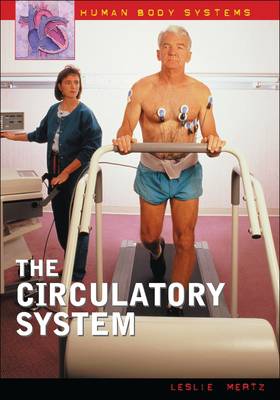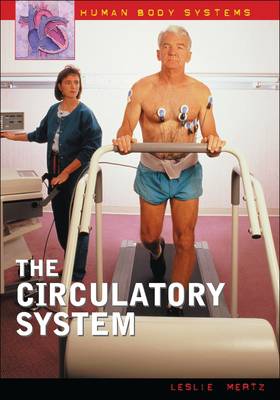
- Retrait gratuit dans votre magasin Club
- 7.000.000 titres dans notre catalogue
- Payer en toute sécurité
- Toujours un magasin près de chez vous
- Retrait gratuit dans votre magasin Club
- 7.000.0000 titres dans notre catalogue
- Payer en toute sécurité
- Toujours un magasin près de chez vous
Description
This volume of the Encyclopedia of the Human Body discusses the parts of the circulatory system and how they work together to deliver nourishment, electrolytes, hormones, vitamins, antibodies, heat, and oxygen and remove waste materials and carbon dioxide. Blood pressure, blood type, and fetal circulation are covered. The history of research on the circulatory system is presented, and the future of research in this field is considered. Current controversies and dilemmas, such as stem cell research, are explored. Circulatory system diseases and disorders, symptoms, and treatments are explored, including anemia, leukemia, and heart murmurs. This reference concludes with a comprehensive glossary, and resources for further information including Web sites and contact information for organizations and national health institutions.
Beginning with an overview of the circulatory system, this volume of the Encyclopedia of the Human Body discusses the parts of this system and how they work together to deliver nourishment, electrolytes, hormones, vitamins, antibodies, and heat and oxygen and remove waste materials and carbon dioxide. Blood pressure, blood type and fetal circulation are covered. The history of research on the circulatory system is presented and the future of research in this field is considered. Current controversies and dilemmas, such as stem cell research, are explored. Circulatory system diseases and disorders, symptoms and treatments are explored, including anemia, leukemia, and heart murmurs. This reference concludes with a comprehensive glossary, and resources for further information including Web sites and contact information for organizations and national health institutions.
The Encyclopedia of the Human Body provides a complete, comprehensive reference source for students interested in the human body. Each book in this ten-volume set introduces and describes a specific body system, including the parts and function of each system, the history of discovery, related diseases and treatments, as well as future advances in research. Detailed illustrations and diagrams, including an eight-page color insert, provide a visual reference for written material.
Spécifications
Parties prenantes
- Auteur(s) :
- Editeur:
Contenu
- Nombre de pages :
- 248
- Langue:
- Anglais
- Collection :
Caractéristiques
- EAN:
- 9780313324017
- Date de parution :
- 01-08-04
- Format:
- Livre relié
- Format numérique:
- Genaaid
- Dimensions :
- 183 mm x 262 mm
- Poids :
- 762 g







